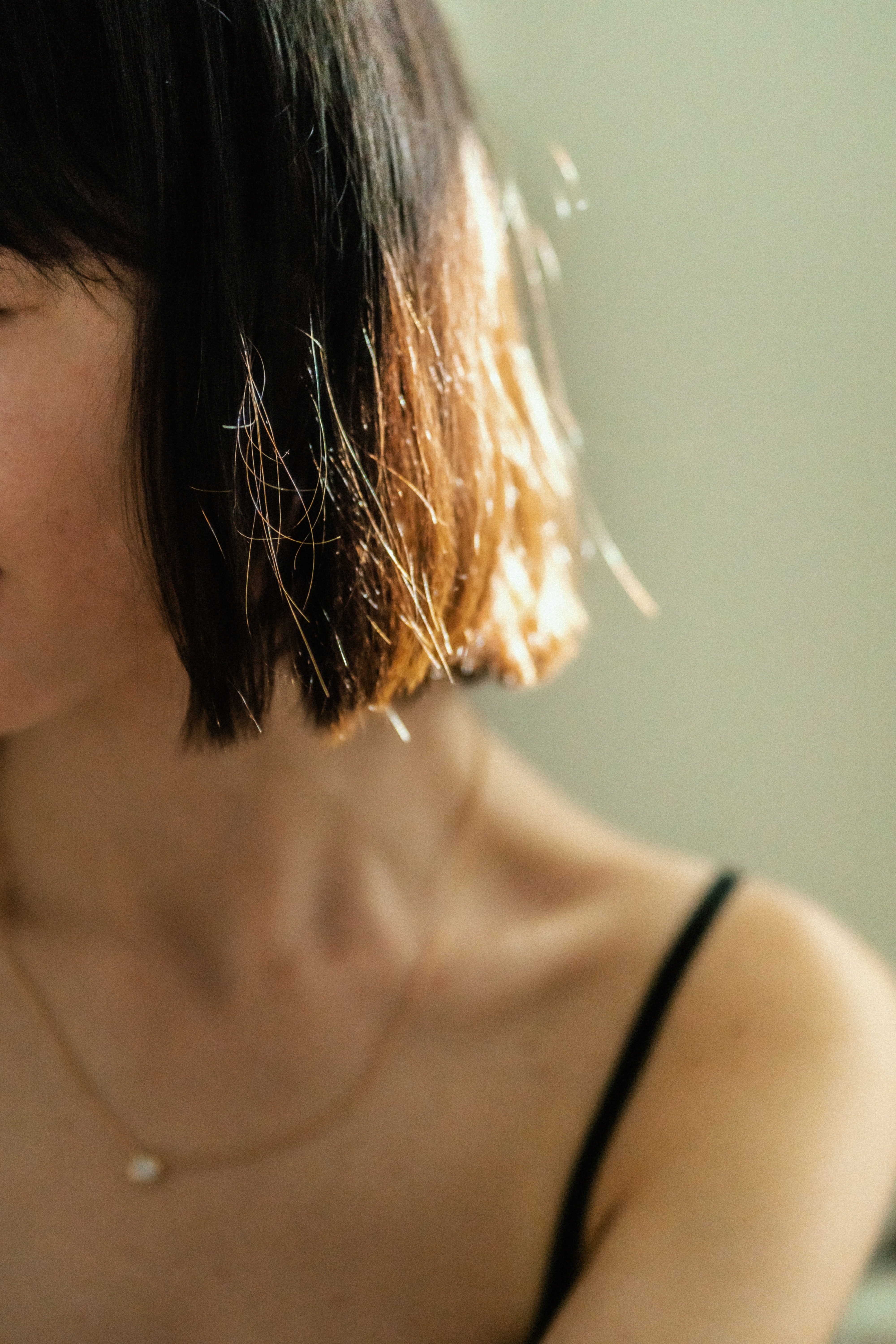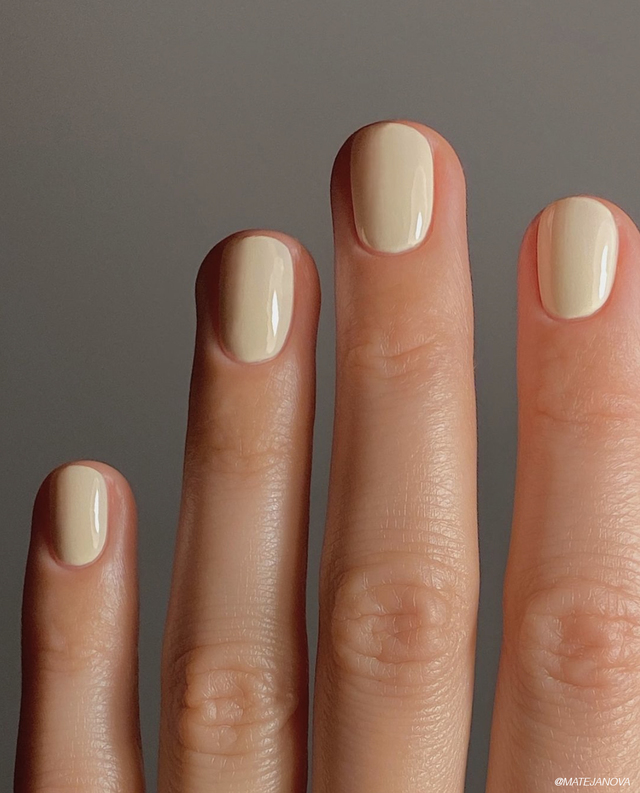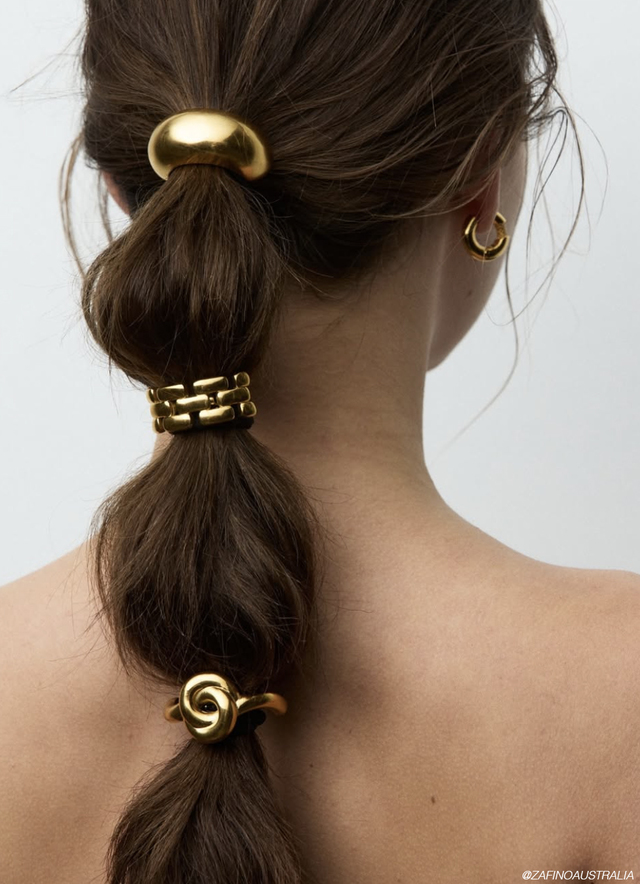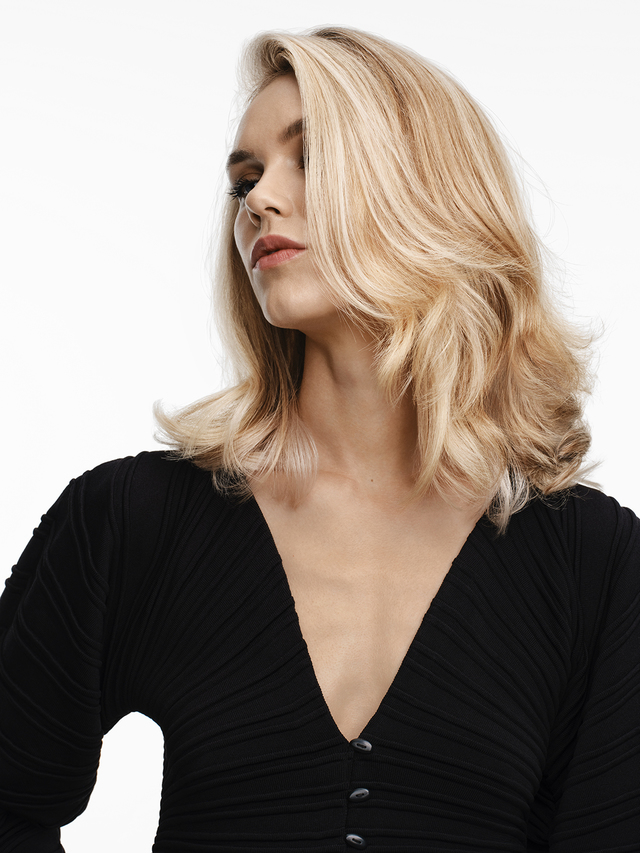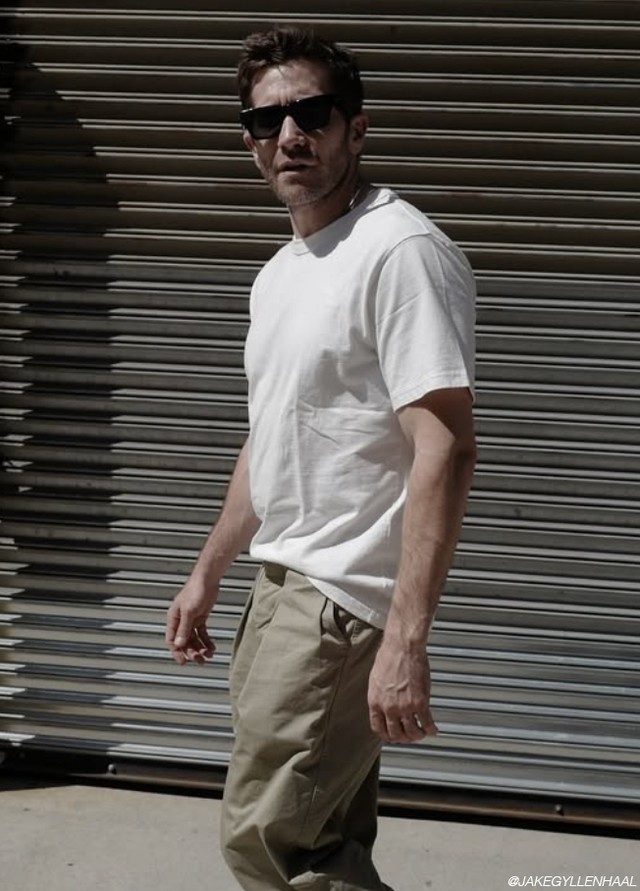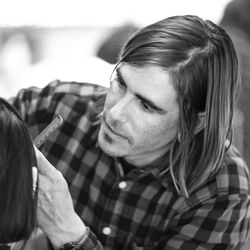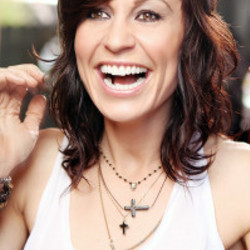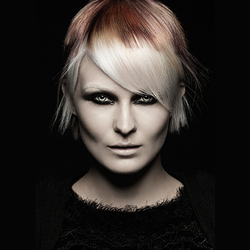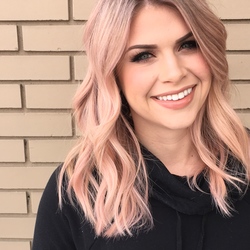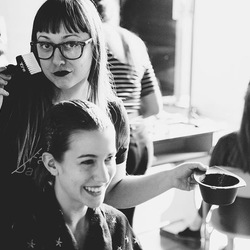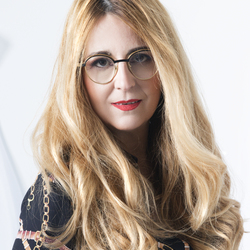Don’t get us wrong, a well-positioned on-purpose hot root can have its place and time (we see you Billie), but when we are looking for a seamless blend a hot root can be a hot mess.
What Are “Hot Roots”?
When we use the term "hot root" we are referring to a lighter, brighter, and sometimes warmer area at the base of the scalp that occurs after a color service. This can happen at home, or in-salon and typically with all over retouches or single process colors, and occasionally in foils as well.
What Causes Unwanted Hot Roots?
The potential causes for hot roots are more varied than you may think. Let’s dive into a few roadblocks and how to avoid them
The Basics
Beauty school basics taught us that our scalp produces heat that speeds up processing. When dealing with any color that is lifting natural or artificial pigment from the hair, that scalp heat gives us a helping hand…However our mid-shaft and ends are left getting the cold shoulder. This means that while our roots may reach our desired level (or lighter) there will be a contrast to the rest of the hair that didn’t quite make it. We can avoid this by either incubating the mids and ends of the hair in foil, adjusting our ‘power’ by using higher developers on the mid-shaft and lower developers on the scalp or by applying our formula on the scalp area last.
Grey Coverage
Our most regular clients are those who wish to keep their silver growth a secret from the world. We have their tried and true formula and it is always perfect..until it isn’t. The percentage of grey hair should be taken into account when formulating. Without enough neutral pigments, we risk lacking coverage or worse wild tones from our formula showing through. Before mixing your go-to formula for your regulars make sure to take a look at their regrowth, has their % of grey changed? Adjust your formula ratio and developer accordingly.
New Clients
When new clients come in for a regrowth retouch we are tasked with color matching work done by another stylist, or sometimes from at-home escapades. The challenge here is that each color line is unique with different tonal bases, ammonia levels, and opacities. Even if you have their formula to work from, you should do a little investigating of your own. To avoid an error in the formulation, bring your client to natural light, and document what you see. Canvas the level/tone, determine the natural level/tone, % of grey, and decide the target level/tone. Don’t be afraid to pull out your swatch book and ask as many questions as you can. Slowing down to get the right formula will save time in the long run.
The End Result
As hairstylists, we have the privilege of practicing creating a walking canvas for all to see. A fun hot root ala Billie Elish can be a strong statement but a blended consistent base is just as technical and worthy of praise. A strong foundation in science, color theory, and your color lines abilities will ensure the result you and your client desire.
Written by: Nicoletta
